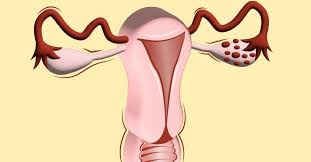Heat Stroke: What Is It? What Are The Signs And How Is It Treated? Understand in Depth
Extended exposure to high temperatures, particularly during the summer, may result in heat stroke, a dangerous condition linked to heat exhaustion. Sweating is one of the body’s natural cooling systems, and heat stroke happens when it stops working. Heat stroke may have serious implications if left untreated, including organ damage and death. During times of extreme heat, it’s important to remain hydrated, look for shade or air conditioning, and refrain from physically demanding activities to prevent heat stroke.

The body’s mechanism for regulating its temperature is upset by heat stroke, a sickness caused by extended exposure to high temperatures, often in association with dehydration. This rise in core body temperature exceeding 104 degrees Fahrenheit, according to WebMD, causes symptoms including nausea, seizures, disorientation, and unconsciousness.
Which Symptoms Are Included in Heat Stroke?
pounding headache
dizziness and lightheadedness
not perspiring in spite of the heat
Red, dry, and heated skin
weakness or cramping in the muscles
nausea and vomiting
rapid pulse, from light to strong
shallow, fast breathing
alterations in conduct like perplexity, disorientation, or staggering
seizures
unconsciousness
What Does a Heat Stroke Treatment Include?
Having a frigid bath: The best way to quickly drop core body temperature and minimize the danger of mortality and organ damage is to submerge yourself in cold water.
Using ice packs: Applying cooling blankets or ice packs to the back, neck, groin, and armpits may help reduce body temperature.
Employing evaporative cooling techniques: When submersion in cold water is impractical, medical practitioners may use evaporation to reduce body temperature by spraying cool water over the body and blowing warm air over it, as per the Mayo Clinic.







